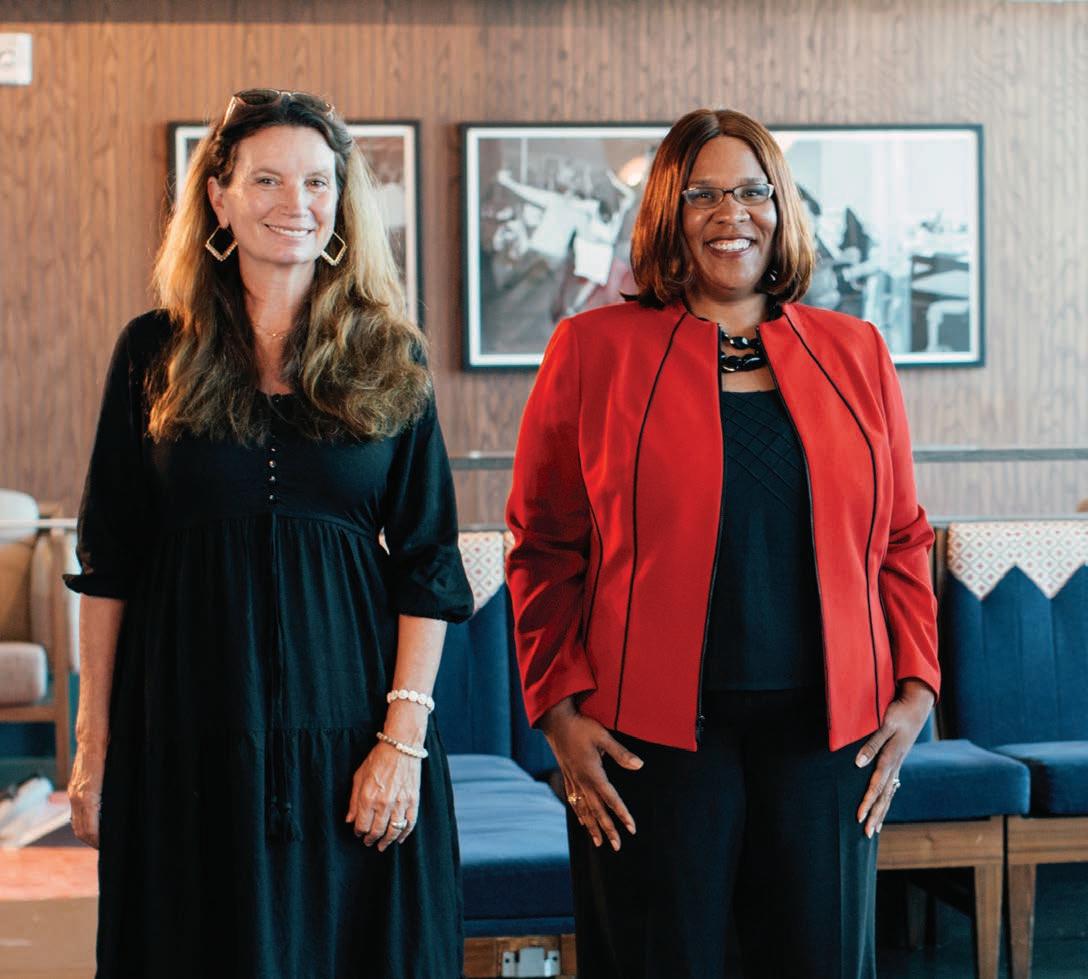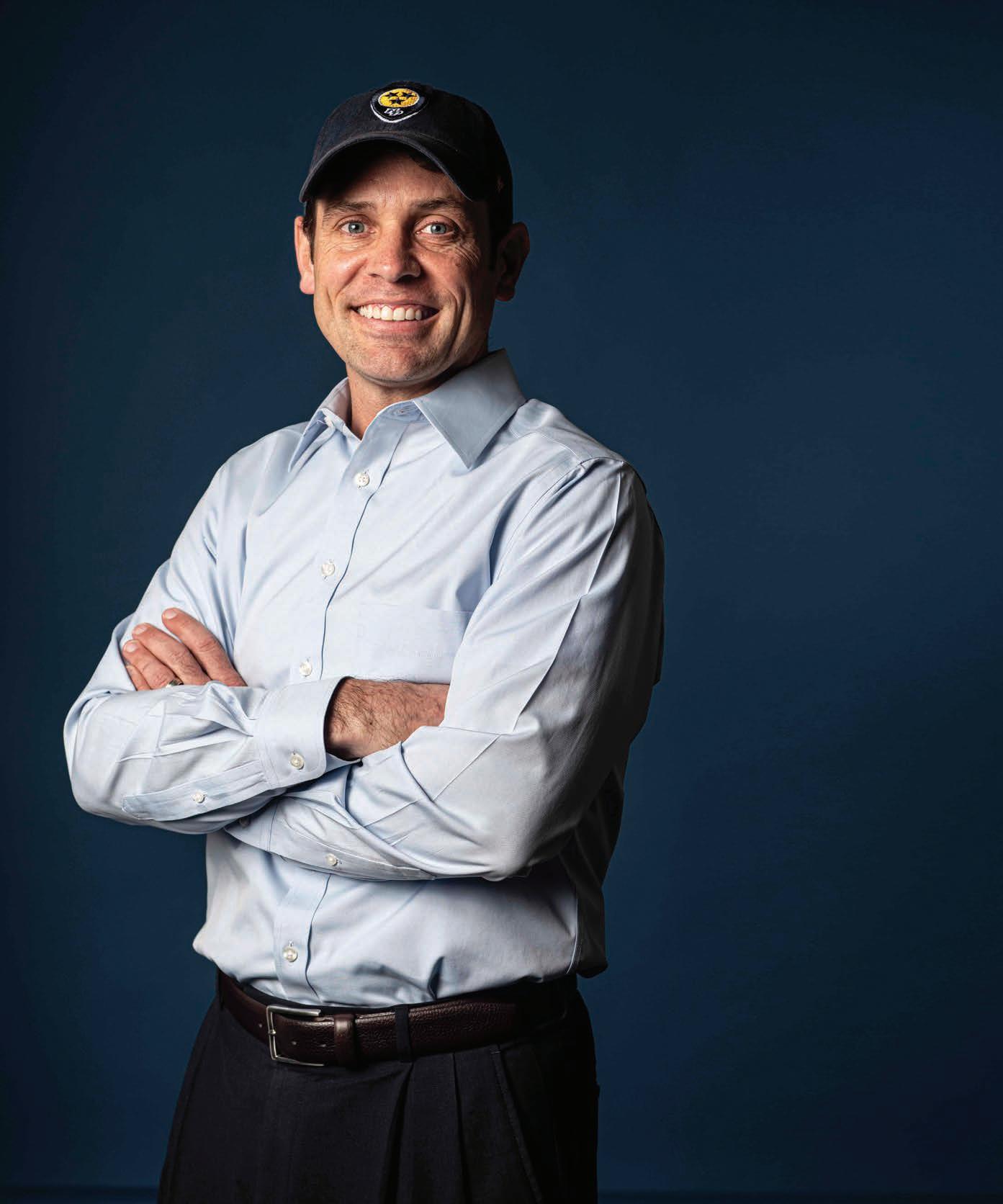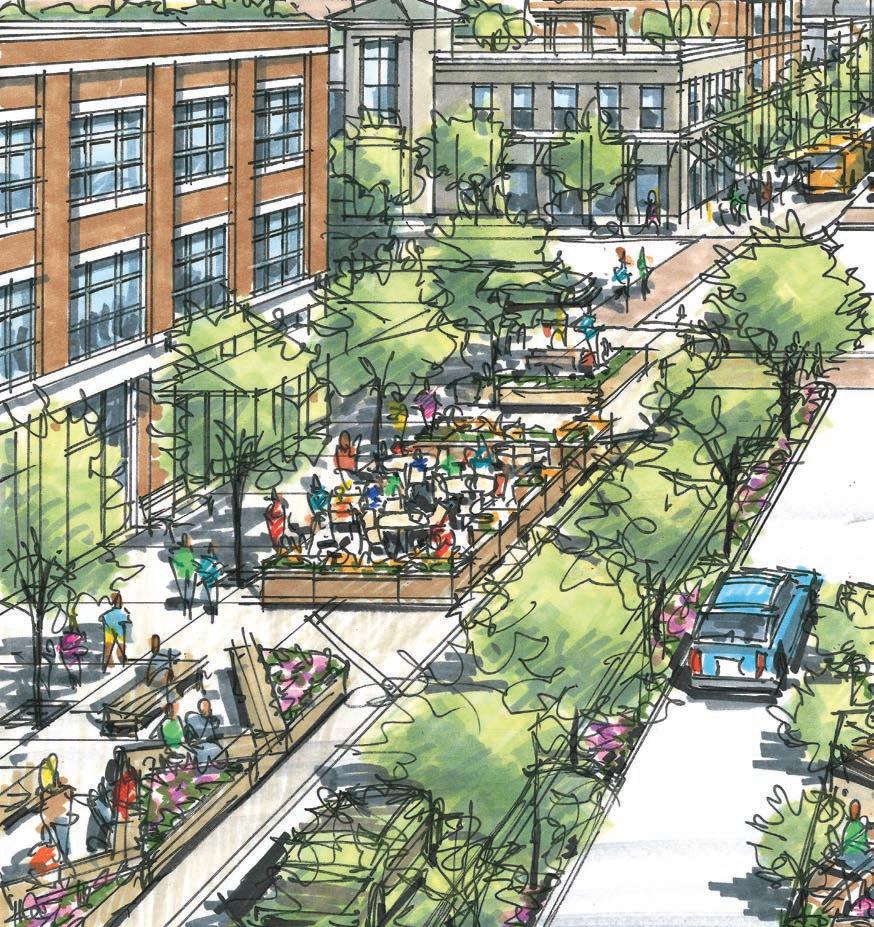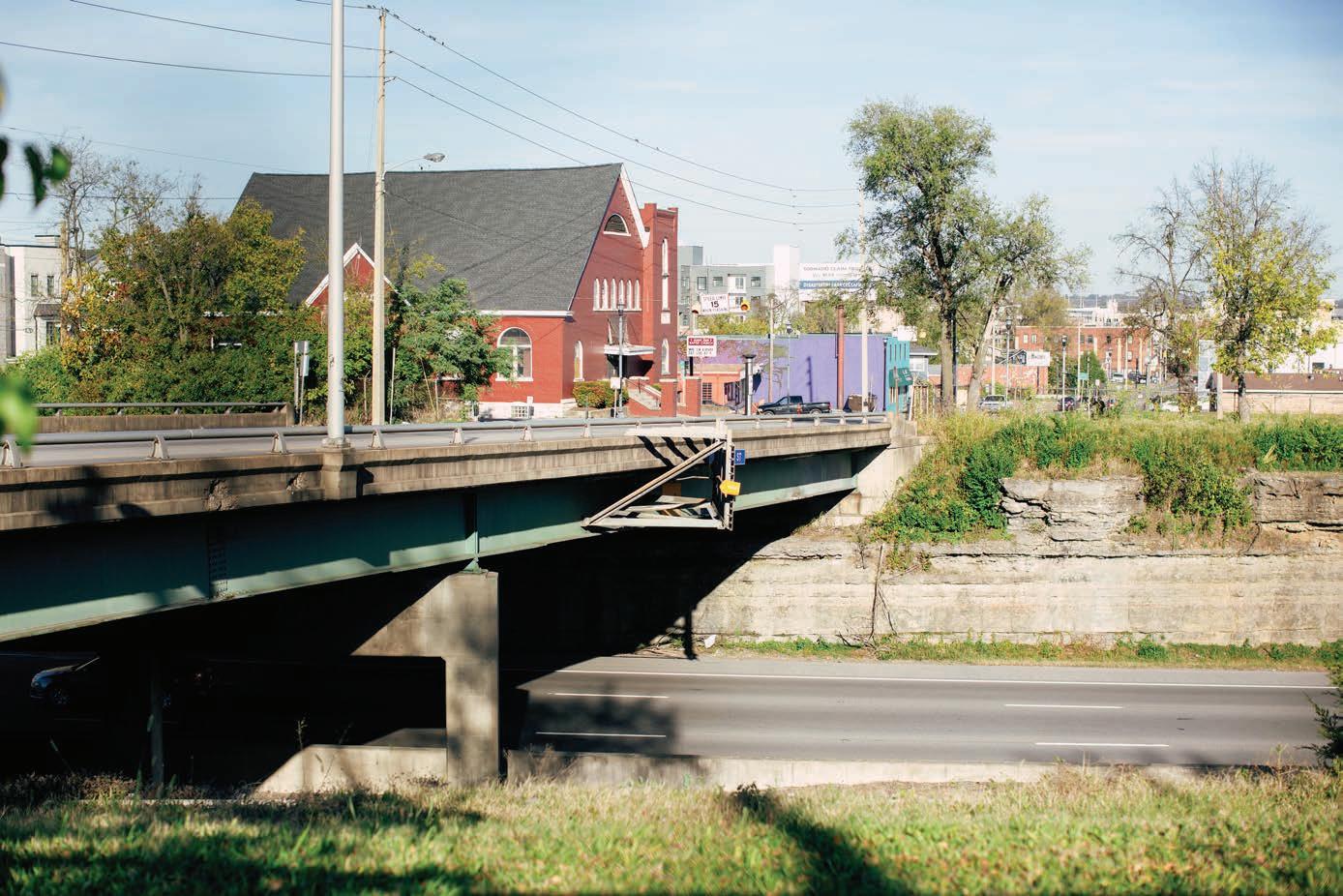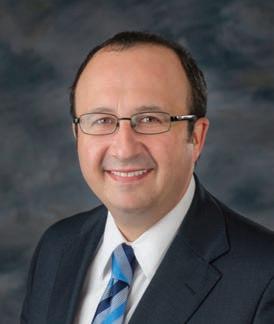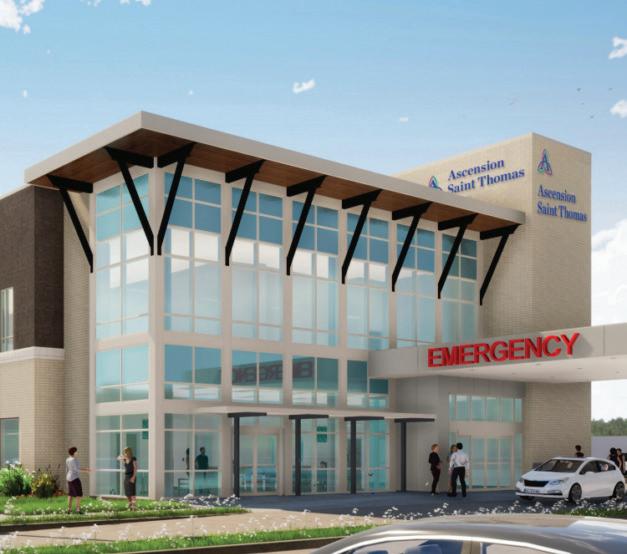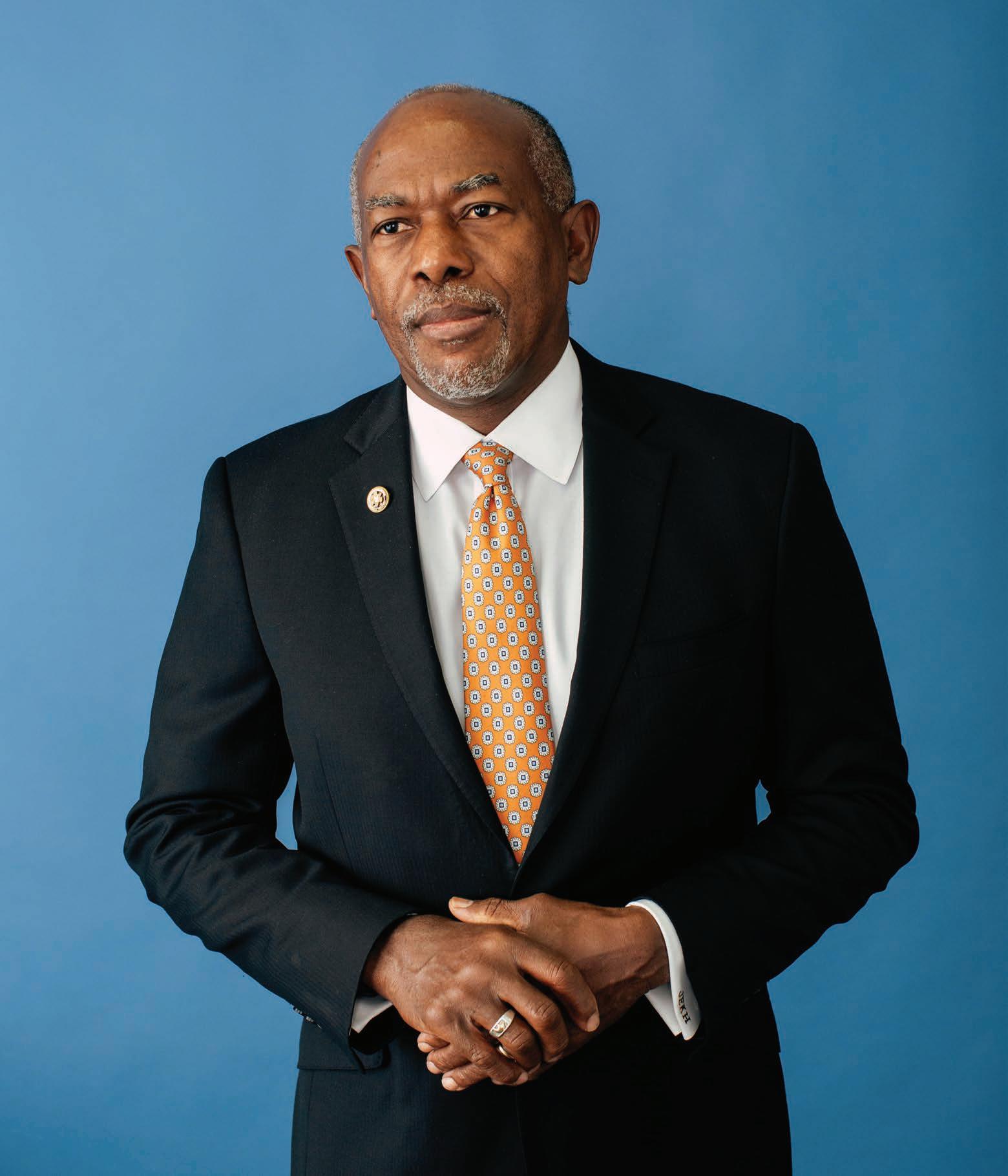BOOM
Adapting our streets for beyond the pandemic Pilot projects during what is essentially the world’s largest design charrette are proving their viability and value BY SHELLEY SMITH
urating the intangible sense of place has long been considered integral to a community’s ability to attract and retain residents, entrepreneurs and businesses. Good place management involves melding principles and practices from many different disciplines to enhance a sense of place, as well as protect the safety, health, happiness and well-being of all community members. Those ideals are now in the spotlight for their ability to also mitigate the negative economic effects of COVID-19, which looks likely to accelerate existing and already emerging initiatives in the built environment rather than create a sea change. For years, place management professionals have argued that many streets in urban areas have unrealized potential to support a multitude of activities and function. They allow for the movement of vehicles, pedestrians and cyclists but also are places to gather, socialize, dine and play. Often comprising more than a quarter of a city’s landmass, streets’ right-ofway offer the space to mitigate their own pollution-generating, heat-retaining surfaces and to create connective ecological corridors via canopy and street-level vegetation.
C
40
WINTER 2020 | NASHVILLEPOST.COM
Right-of-way interventions that encourage active transportation and safe streets were game-changers as the pandemic unfolded, while bicycle sales and ridership skyrocketed as people were forced to stay home. Places that support walkability and bike-ability provide human health benefits while reducing congestion and carbon dioxide emissions from vehicles. Pedestrian and bicycle use in right-of-ways also calms traffic speeds and has proven to lower collision rates. An increase in pedestrian and bicycle use will no doubt be a lasting legacy of the pandemic. In April of this year, Milan announced Europe’s most ambitious scheme to date to reduce car use. Janette Sadik-Khan, a former
transportation commissioner for New York City, began working with cities — including Bogota and Milan — on their transport recovery programs shortly after the pandemic began. These projects provide a measurable economic and social return on investment for both businesses and residents. Sadik-Khan believes that Milan, which is at least one month ahead of other world cities in the trajectory of the pandemic, could provide a successful blueprint for other cities who hope to permanently reclaim their streets: “The Milan plan is so important because it lays out a good playbook for how you can reset your cities now. It’s a once-in-a-lifetime opportunity to take a fresh look at your streets
BEN JOHNSON

